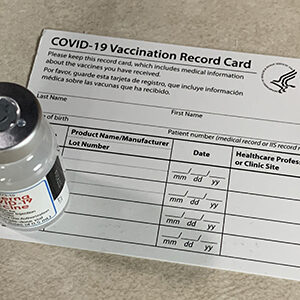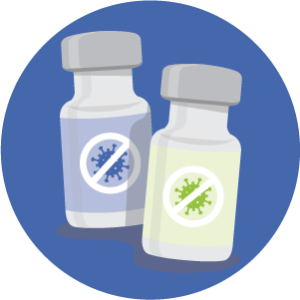News tagged with “covid-19 vaccine”
Blog Entries tagged with “covid-19 vaccine ”
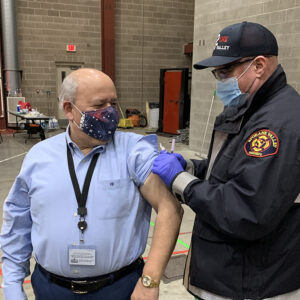
A Look Inside the EMS Drive-through Vaccination Clinic
In late December, nearly a year after the pandemic began, it was announced with great excitement that vaccinations against COVID-19 would begin in Washington state.
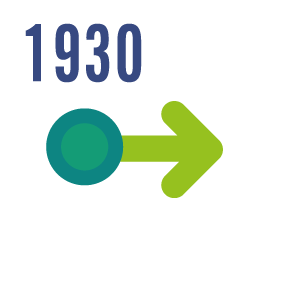
Vaccine Timeline
The timeline for the COVID-19 vaccine can be unclear to many, but if you want to look at the big picture, research began all the way back to the 1930s with the discovery of the first coronavirus infection in chickens. Decades later in 1965 Dr. June Almeida was able to identify a coronavirus under a microscope.
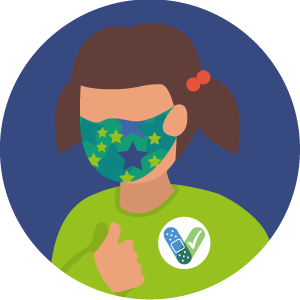
COVID-19 Vaccine for Kids 5-11
Parents across the country are breathing a sigh of relief that a COVID-19 vaccine is now approved for emergency use in kids aged 5-11. We understand how exciting it is. It’s true that, overall, children have seen less severe cases of COVID-19 than adults, but that doesn’t mean they are not at risk. The question for any medical intervention should never be whether it is perfect, but rather does the benefit of the treatment outweigh the risks. In this case, multiple agencies with the most qualified professionals across the United States have almost unanimously agreed that yes, COVID-19 poses much more of a risk to our children than vaccination.

Native American Heritage Month
November is Native American heritage month, and we are excited to share one of many ways the communities with this rich heritage have been leaders in public health.



